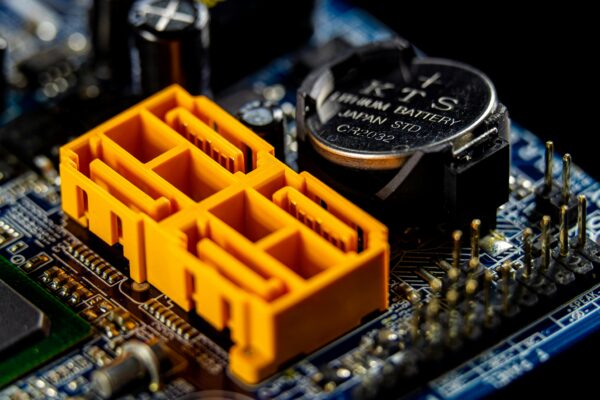Difference Between Li-ion Batteries and Lead Acid Batteries?
Lithium-ion (Li-ion) batteries and lead-acid batteries are two types of rechargeable batteries commonly used in various applications. They differ significantly in terms of their chemistry, performance, and applications.
Meanwhile if we talk about work, Both batteries store energy and release it using chemical reactions. Lithium-ion batteries work by moving lithium ions between two parts called electrodes. Lead-acid batteries work in a similar way, but they use different materials for the reaction. Read how these batteries are also changing the future of elevators.

Some Key Differences Between Them Are:
Chemistry:
Lithium-ion Batteries: These batteries use lithium ions as the charge carriers. They typically contain a lithium cobalt oxide (LiCoO2), lithium manganese oxide (LiMn2O4), or lithium iron phosphate (LiFePO4) cathode, a graphite anode, and an electrolyte solution.
Lead-Acid Batteries: Lead-acid batteries use lead dioxide as the positive electrode, metallic lead as the negative electrode, and sulfuric acid as the electrolyte.
Energy Density:
Li-ion batteries have a higher energy density compared to lead-acid batteries. The Energy density of lithium-ion battery lies between 50-260 Wh/kg, In Contrast the energy density of lead acid battery lies between 30-50 Wh/kg. That means li-ion batteries can store more energy in a given volume or weight.
Weight and Size:
Li-ion batteries are typically lighter and more compact than lead-acid batteries with similar capacity. Which makes it ideal for modern devices, elevators, and electric vehicles. In contrast, lead-acid batteries are bulkier and heavier, which can limit their use in space-sensitive setups.
Cycle Life and Maintenance:
Li-ion batteries generally have a longer cycle life, meaning they can be charged and discharged more times before their performance degrades significantly. Li-ion batteries require minimal maintenance compared to lead-acid batteries.
Safety:
Li-ion batteries have different safety considerations compared to lead-acid batteries. While both types can pose safety risks if mishandled or damaged, Li-ion batteries are more sensitive to overcharging, over-discharging, and physical damage, which can lead to thermal runaway and fire hazards. “thermal runaway” can be caused by factors such as overcharging, puncture, exposure to high temperatures, or manufacturing defects.
Temperature Sensitivity:
Li-ion batteries are more sensitive to temperature extremes compared to lead-acid batteries. Extreme temperatures, whether too high or too low, can affect the performance and lifespan of Li-ion batteries, whereas lead-acid batteries are more tolerant to a wider range of temperatures.
Cost:
Lead-acid batteries are typically less expensive upfront compared to lithium-ion batteries. But in General terms the cost of both batteries depends on the device they power. But overall the average cost of lithium-ion battery lies between $10 – $20000. Meanwhile the average cost of lead acid battery lies between $50 – $150 kWh.










